Premium Only Content
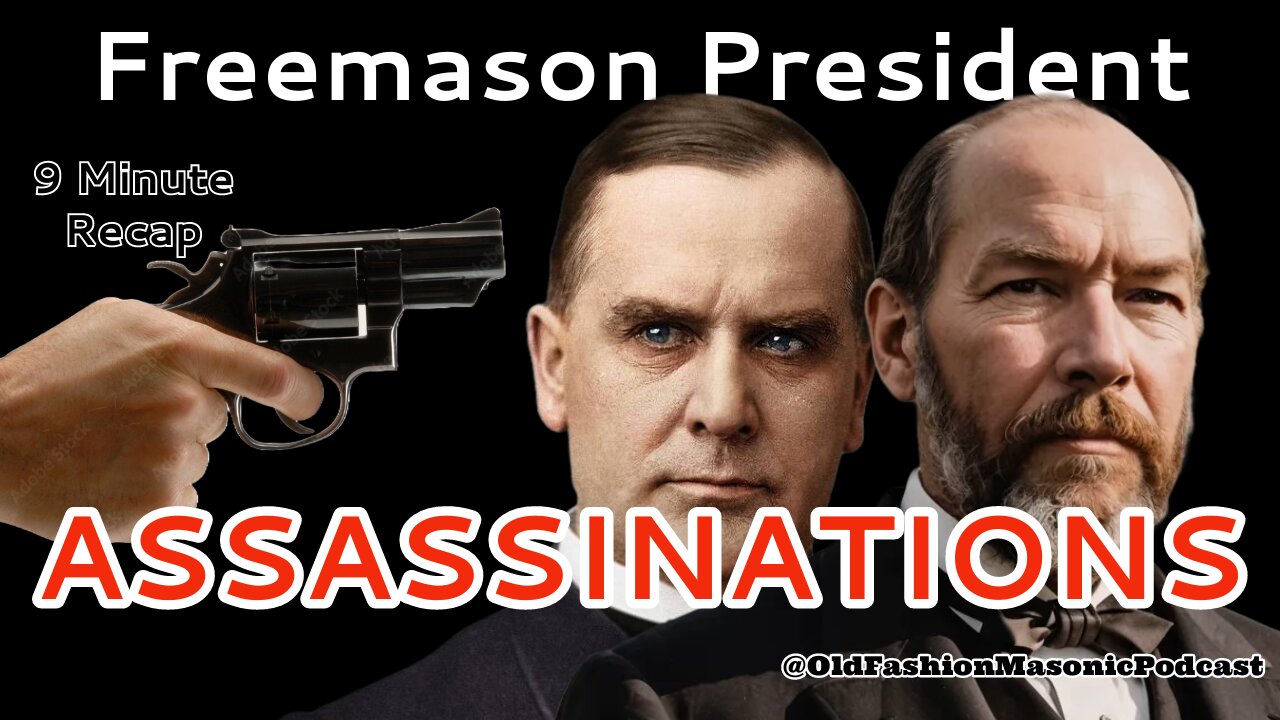
Freemason Presidential Assassination and Masonic Assassination Attempts of Presidents - S2 E83a
Explore the intertwined history of Freemasonry and the presidency of the United States in this captivating video. Learn about Theodore Roosevelt, the 26th President, who was initiated into Freemasonry in 1901, and delve into his impactful legacy of progressive reforms and environmental conservation advocacy.
Discover the tragic stories of James A. Garfield and William McKinley, both Freemasons, whose presidencies were cut short by assassination attempts. Garfield's promising term ended abruptly when he was shot by a disgruntled office-seeker, while McKinley fell victim to an anarchist's bullet during the Pan-American Exposition in 1901.
Uncover the significance of Freemasonry in shaping the lives and leadership of these remarkable presidents. Plus, gain insights into the tenure of Harry S. Truman, who though not assassinated, was deeply connected to the Masonic fraternity.
Join us as we unravel the mysteries of Freemasonry and its impact on American history through the lives of these influential leaders.
James A. Garfield: Garfield's presidency was cut short by his assassination just four months into his term. He had previously served as a Union general during the Civil War. Garfield was shot by Charles J. Guiteau, a disgruntled office-seeker, on July 2, 1881, in Washington, D.C. Garfield's death came 11 weeks later on September 19, 1881, due to complications from his wounds.
William McKinley: McKinley was a popular president known for his leadership during the Spanish-American War and his support for protective tariffs. He was shot by anarchist Leon Czolgosz on September 6, 1901, while attending the Pan-American Exposition in Buffalo, New York. McKinley succumbed to his wounds eight days later on September 14, 1901. His assassination led to increased security measures for future presidents.
Theodore Roosevelt: Roosevelt served as the 26th President of the United States, from September 14, 1901, to March 4, 1909. He became president following the assassination of William McKinley. Roosevelt was a prominent figure in American politics known for his progressive reforms and his advocacy for environmental conservation. He was initiated into Freemasonry on January 2, 1901, in Matinecock Lodge No. 806, Oyster Bay, New York. Though he survived his presidency without being assassinated, Roosevelt's legacy as a Freemason and a significant leader in American history is noteworthy.
Keywords: Freemason presidents, Freemasonry, Masonic, Theodore Roosevelt, James A. Garfield, William McKinley, Harry S. Truman, assassination attempts, American history, presidency, Masonic legacy, progressive reforms, environmental conservation.
#freemasons #freemasonry #assassinationattempt #uspresident #truman
⚠️ Disclaimer: The views expressed in this video do not necessarily reflect the opinions of the Old Fashion Masonic Podcast, any Grand Lodge or Shrine Center, and we encourage viewers to conduct their research and form their conclusions based on reliable sources and personal beliefs.
-
 LIVE
LIVE
Viss
2 hours ago🔴LIVE - Your Helping Hand to Winning In PUBG!
451 watching -
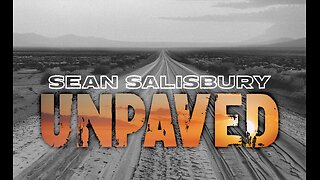 DVR
DVR
Sean Unpaved
2 hours agoJerry's Soundbites, Bengals' Hopes, & Mike Brown's Bold Take
5.24K1 -
 LIVE
LIVE
LadyDesireeMusic
9 minutes agoLive Piano Renditions | Make Ladies Great Again | Live Piano Requests TONS to choose from
82 watching -
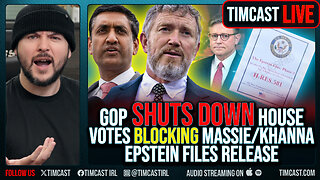 1:04:17
1:04:17
Timcast
2 hours agoGOP SHUTS House Votes BLOCKING Massie/Khanna Epstein Files Release
106K102 -
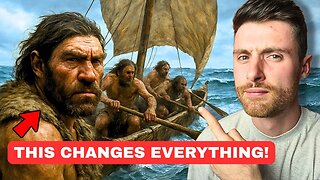 11:57
11:57
Michael Button
4 hours agoAre We Missing an Ancient Sea-Faring Culture?
1001 -
 1:43:50
1:43:50
The Confessionals
2 hours agoNavy Pilot’s Drug Bust Mission Turns UFO Chase Over Open Ocean (Then It Went Underwater)
123 -
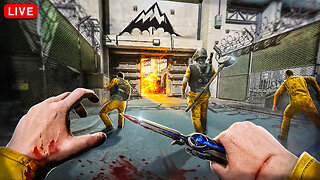 LIVE
LIVE
StoneMountain64
1 hour agoBattlefield 6 CONFIRMED + Delta Force Escaping PRISON with PROS
180 watching -
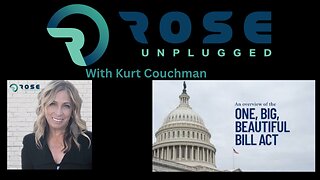 LIVE
LIVE
ROSE UNPLUGGED
16 hours agoInside Trump’s Game-Changing Law
28 watching -
 1:12:06
1:12:06
The Rubin Report
3 hours agoHost Can’t Believe What Hunter Biden Admitted During Insane Interview That’s Going Viral Now
108K44 -
 2:09:20
2:09:20
Benny Johnson
4 hours ago🚨Ghislaine Maxwell Breaks SILENCE: Will Expose EVERYTHING on Epstein Clients | We Have Inside Scoop
77.6K103